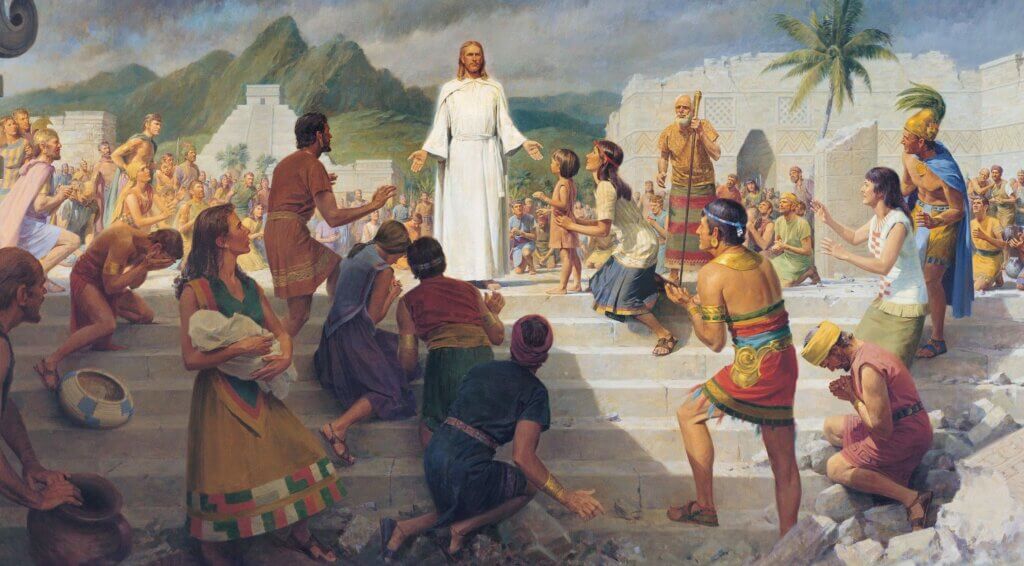Zion Is Established among the House of Israel
Jesus refers to his servant again when giving Lehi’s descendants “a sign, that ye may know the time when these things shall be about to take place—that I shall gather in, from their long dispersion, my people, O house of Israel, and shall establish again among them my Zion” (3 Nephi 21:1; cf. vv 8–11). […]
Zion Is Established among the House of Israel Read More »













